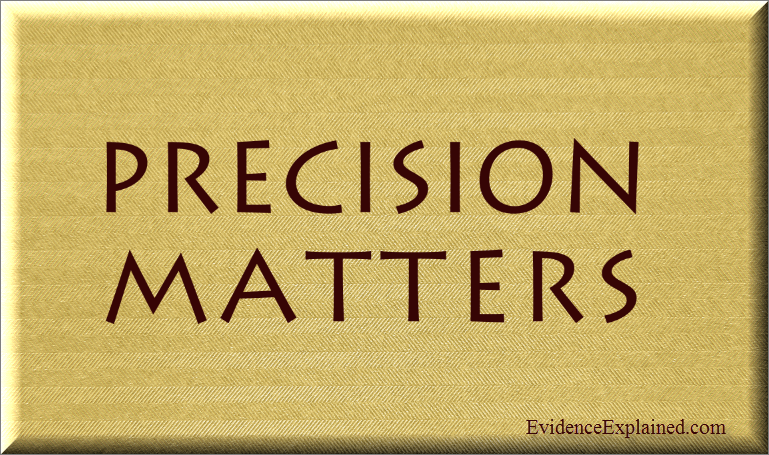24 February 2015
Grammarphobia, the delightful blog by two writers who spent years in the editorial trenches at the New York Times, was recently asked: "Is 'close proximity' redundant?" We'll let you read, for yourself, their take on the subject, but we'll crib one line and build upon it:
Theoretically the noun "proximity" should need no help from an adjective like "close." But theory is one thing and fact is another. In reality there are degrees of nearness, do it's reasonable to indicate how near with the use of an adjective like "close," "closer," or closest."

These are wise words for the historical writer to heed. In my own sixteen years behind the editorial desk of a certain peer-reviewed journal, an author's use of the word "near" was a common cause of our editorial slashing, red-inked rewrites, and outright rejections. In case study after case study, proof arguments for identity, joint migrations, or other types of connections hinged upon assertions of "nearness" or "proximity," when the correlation of—say—a census schedule against a contemporary map would place the relevant households ten or thirty miles apart.
Words matter. Choosing the precise words matter. As Mark Twain famously observed, the difference between the right word and the almost-right word is the difference between lightning and the lightning bug.1 When we use words loosely—or, at the other extreme—prune words or citation elements in slavish adherence to the idea of eliminating redundancy, we can easily mislead ourselves and others who trust our work.
1. Twain contributed this zinger to George Bainton's The Art of Authorship: Literary Reminiscences, Methods of Work, and Advice to Young Beginners: As Personally Contributed by Leading Authors of the Day (New York: D. Appleton & Co., 1890), 87–90; for attribution, see Bartleby.com: Great Books Online (http://www.bartleby.com/73/540.html : accessed 12 February 2015).